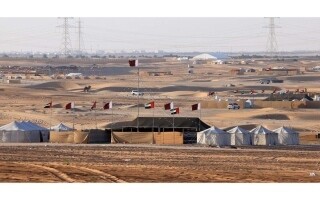
Analysts described the high-speed rail project between Dubai and Abu Dhabi as a strategic and important element of contemporary urban planning. They emphasized that this project stimulates urban development, ensures quality connections between various projects, opens new perspectives for collaboration between companies and investors, creates new jobs, and reduces the burden on large cities, contributing to a better distribution of the population.
The high-speed rail project between Abu Dhabi and Dubai allows residents and visitors to easily move between the emirates in less than 30 minutes at speeds up to 350 kilometers per hour, passing through key strategic locations and tourist attractions.
One of the experts expressed the opinion that the benefits from the project primarily accrue to projects located near the stations and along the route of the railway, as the demand for real estate in these areas significantly increases, which may lead to rising prices, especially in the rental sector.
It is expected that the project will contribute to the development of new residential and commercial areas around the stations, creating perspectives for investors. An increase in demand for land parcels along the railway route is also anticipated, which will lead to price increases and the emergence of new projects on the outskirts of Dubai and Abu Dhabi, providing options for investors in the real estate sector.
Experts also predict a positive influence of the project on the tourism and hospitality industry, presenting visitors with modern transport means that enhance travel experiences within the country and facilitating the exploration of various attractions.
The high-speed rail project is viewed as a significant step in advancing contemporary urbanism, enabling the development of new urban areas around the stations, and creating new opportunities for investors, driving up land prices and rental rates, particularly as many prefer to live close to key transport hubs for better access to amenities and developed infrastructure.













